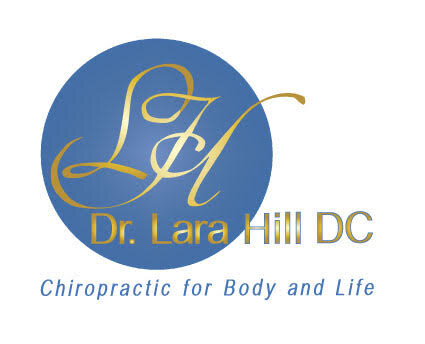How Holistic Health Permeates Every Aspect of Life:
Looking at the New Year through a lens of holistic wellbeing
Holistic health has taken on a connotation in our current culture. At times it seems it has subtly taken on a sense of being- the equivalent of energy healing, crystals, chakra meditations, or just anything other than conventional medicine.
Often oversimplified as being defined as health models that include the body, mind, and spirit (since the “spirit” part is the only part that has largely been left out of conventional health care systems); it is often alternative practitioners focused on spiritual health who fly the flag of holism. Though arguably spiritual health is the ultimate expression of true health, collapsing holistic health into this one corner of the health triune (or even simplifying health to a simple triune at all) is a gross underrepresentation. A true holistic window into health can impact one’s life like none other.
When asked how to get healthier, most people would name things like eating better, exercising, and maybe stopping habits that are detrimental to their physical health, like smoking. I’ll share a multifaceted model that has served me as not only a structure for regular self-inventory for improvement, but has also brought a greater sense of gentleness and self-love around the pursuit of optimum wellness, fulfillment, and quality of life.
It begins by fanning out those physical, mental, emotional, and spiritual areas of health to include other areas of life we all would like to see at their healthiest. Then recognize that each one is intricately interconnected with each other. Imbalances in any one area cause the health of other areas to suffer. To fully explore how interconnected this web of health can be, let’s start by exploring how detailed we can get with our vision of health.
The 12 Aspects of Holistic Health
As you read through this list, you will see how specific areas are more closely related to one another and it is obvious how they would affect one another, and others are more indirect but nonetheless connected.
Financial Health/Money
Career Health/Job and Security
Physical Health/Biochemical
Fitness/Strength, Flexibility, and Endurance
Nutritional Health/Diet and Nutrition
Intellectual Health/Learning and Creativity
Social Health/Relationships
Mental Health/Thoughts and Attitude
Emotional Health/Communication and Behavior
Spiritual Health/Purpose and Meaning
Environmental Health/Your Surroundings and the Planet
Fun and Recreation/Enjoyment
When holding all the various areas of health as equally essential pursuits, not only do you want to grow certain areas, you may–(like I did) find yourself soften in certain areas to support greater balance for the whole.
For example, maybe you were overly obsessing about environmental health, affecting your mental health. Or maybe putting too much emphasis on financial or career health, which was negatively impacting your relationships. I have found that not only does it help me put more focus on areas that have been ignored, it also lets me take myself a little less seriously in the areas that have been overemphasized. When we place each of these as a spoke of a wheel, each one matters for the balance of the whole. So let’s take a moment to do that.
First, rate each of the above categories on a scale of 1-10 for how healthy, satisfied, and fulfilled you are in that area. Consider all aspects of each category. For example, you’ll want to consider the depth and quality of your friendships, your family, and your love life for social health.
It helps a lot to see this visually. Draw this out on a piece of paper by creating a circle with twelve spokes, then draw cross-hatches on each spoke numbered 1-10, similar to the one below, one health category for each piece of the pie. Then mark a line in each section corresponding to your rating. There are many simpler versions you can find online. Below is an example using most of the same categories we have. Here is an interactive online version!
What to do with this Information
The beautiful part about this exercise is that awareness itself naturally begins to create transformation. From there, you can take it a step further to have a more significant lasting impact on your life overall.
Where are you doing well? Where do you need some improvement?
Identify what it was about those categories where you ranked yourself the lowest and create a specific goal around that category, with clear steps you will take to reach it. For example, if you rank low in your social health, you may have a goal to make more friends. You may commit to joining a small group at church or finding a hiking meet-up group or club that shares your values. Come up with a vision and a plan: how will it look and feel to have more friends in your life. It may be essential to identify what obstacles are keeping you from it, or potentially will, and develop a plan for what you need to overcome those obstacles. Visualize yourself overcoming them. Take an action that creates accountability to follow through. Schedule the appointment, register for the class, tell someone you know what you plan to do, and ask them if they will ask you about it again a week from now to see how you are doing toward your goal.
Revisit your wheel occasionally to check in about how you’re doing. Doing this activity once a year or once a quarter is an excellent way of taking a holistic look at your life. The more you do it, the more the process will become an organic and integrated part of your day-to-day life.

